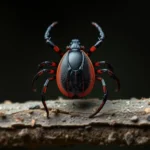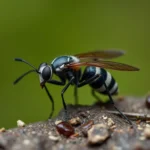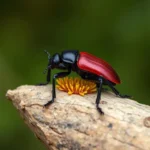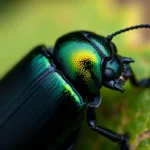The Kamehameha Butterfly: A Symbol of Transformation and Resilience
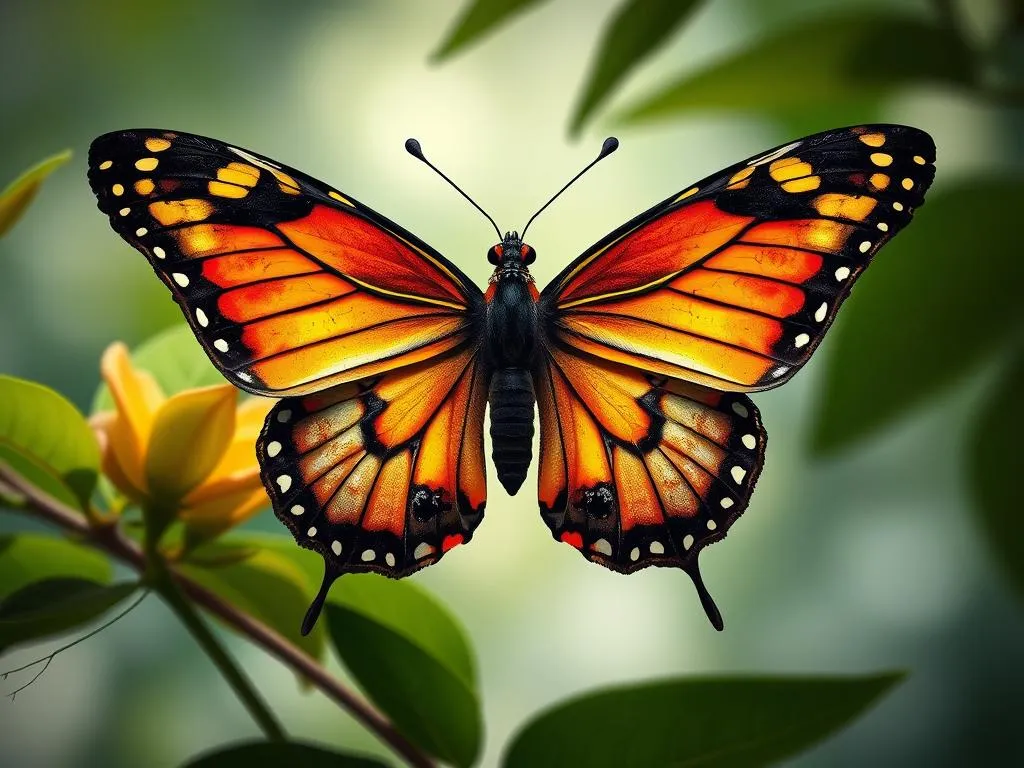
Disclaimer: Some images on this website are AI-generated artworks and may not accurately represent real animals.
The Kamehameha butterfly (Vanessa tameamea), known for its vibrant colors and unique lifecycle, serves as a powerful symbol of transformation and resilience. This stunning insect, native to Hawaii, embodies the spirit of change and endurance, making it a significant figure in both natural ecosystems and Hawaiian cultural traditions. In this comprehensive article, we will explore the Kamehameha butterfly’s physical characteristics, its symbolic meanings, interpretations in dreams, modern representations, and the importance of conserving this exquisite species.
Understanding the Kamehameha Butterfly
Description and Habitat
The Kamehameha butterfly boasts a distinctive appearance that captivates anyone who encounters it. Here’s a detailed overview of its physical characteristics:
| Feature | Description |
|---|---|
| Wingspan | 2.5 to 3 inches |
| Coloration | Vibrant orange with black edges |
| Markings | Dark spots on the wings, with white patterns |
| Body | Slender and elongated, covered with fine hairs |
This butterfly is primarily found in the lush landscapes of Hawaii, particularly on the islands of Kauai, Oahu, Maui, and Hawaii Island. Its native habitat includes tropical forests, where it thrives among a variety of native plants, especially the mamaki (Pipturus albidus) and nettle (Urtica spp.), which serve as essential food sources for its larvae.
Life Cycle and Behavior
The life cycle of the Kamehameha butterfly consists of four stages: egg, larva, pupa, and adult. Each stage has unique characteristics and behaviors that contribute to the butterfly’s overall survival.
-
Egg Stage: Females lay eggs on the underside of host plant leaves, usually in clusters. The eggs are small, round, and pale green.
-
Larva Stage: Once the eggs hatch, the larvae, or caterpillars, emerge and begin to feed on the host plants. They have a striking green coloration that helps them blend into their surroundings.
-
Pupa Stage: After several weeks of feeding and growing, the caterpillar forms a chrysalis. During this stage, remarkable transformation occurs as it develops into a butterfly.
-
Adult Stage: The adult Kamehameha butterfly emerges with fully developed wings, ready to fly, mate, and continue the cycle.
Feeding habits are crucial for the Kamehameha butterfly’s survival. Adults primarily feed on nectar from various flowering plants, including native Hawaiian species. Their preferred nectar sources provide not only sustenance but also play a role in pollination, contributing to the health of their ecosystems.
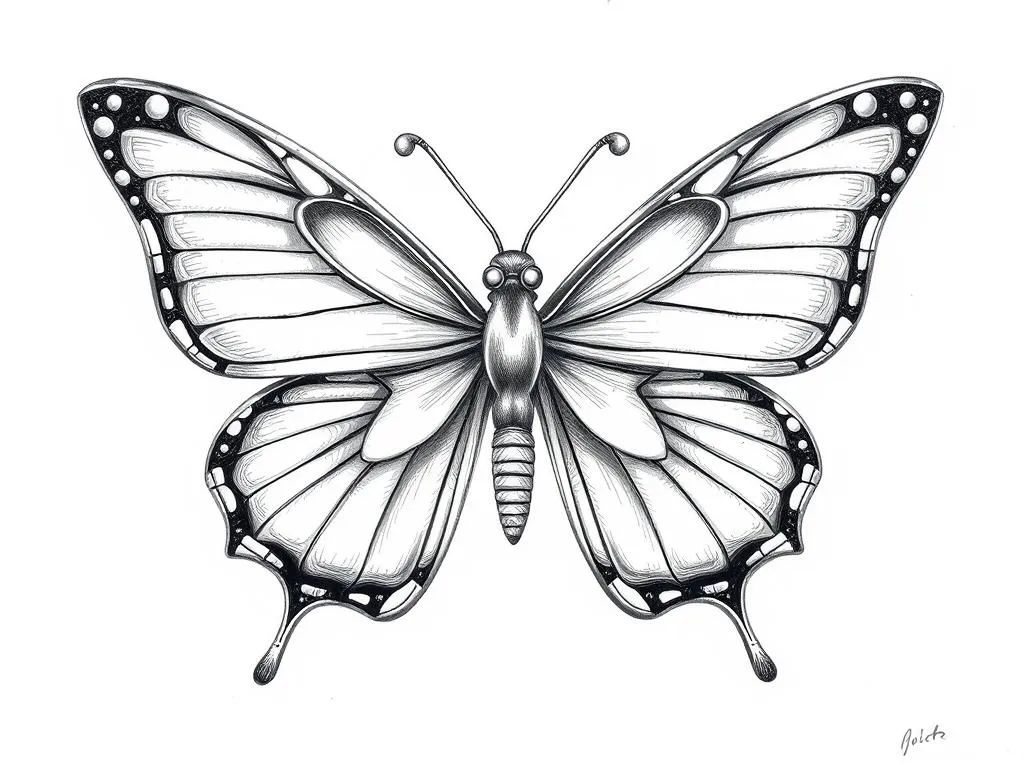
Symbolism & Spiritual Meaning
Transformation and Change
The Kamehameha butterfly is a universal symbol of metamorphosis, representing profound transformation and change. This symbolism resonates deeply within Hawaiian culture, where butterflies are often viewed as messengers from the spirit world. The lifecycle of the Kamehameha butterfly embodies the journey of personal growth, transcending challenges to emerge as something beautiful and new.
In Hawaiian traditions, the butterfly is associated with the spirit of loved ones who have passed on, serving as a reminder of their presence and the cycles of life. Witnessing a Kamehameha butterfly can be seen as a sign of encouragement, urging individuals to embrace change and view life’s challenges as opportunities for growth.
Resilience and Survival
The Kamehameha butterfly’s ability to thrive in a changing environment highlights its resilience and survival instincts. Despite facing threats such as habitat loss and climate change, the butterfly continues to endure, symbolizing hope and endurance.
This resilience extends beyond the butterfly itself; it serves as a reminder to appreciate the strength inherent in all living beings. The Kamehameha butterfly encourages us to confront adversity with courage and grace, celebrating the journey rather than merely the destination.
Connection to Nature
The Kamehameha butterfly plays a vital role in Hawaiian ecosystems, serving as both a pollinator and a species that reflects the health of its environment. Its presence is a symbol of biodiversity, reminding us of the interconnectedness of all life forms.
As a species that depends on specific native plants, the Kamehameha butterfly emphasizes the importance of conservation efforts to protect its habitat. The butterfly’s survival is intricately linked to the health of Hawaii’s ecosystems, making it a potent symbol for biodiversity and environmental stewardship.
Kamehameha Butterfly in Dreams
Interpreting Butterfly Dreams
Dreams involving butterflies are often rich in symbolism and can carry various meanings. Here are some common themes associated with butterflies in dreams:
| Dream Theme | Possible Interpretation |
|---|---|
| Transformation | A sign of personal growth or upcoming changes |
| Freedom | A desire for liberation from constraints |
| Beauty | Recognition of inner beauty and self-acceptance |
| Fragility | Awareness of life’s transient nature and vulnerability |
Dreaming about the Kamehameha butterfly specifically can hold unique significance. This butterfly may represent a personal journey tied to one’s Hawaiian heritage, invoking feelings of cultural pride and connection to nature.
Messages and Guidance
The Kamehameha butterfly can serve as a spiritual guide in dreams, offering insights into personal transformation and growth. Its appearance may signify that a significant change is on the horizon, encouraging the dreamer to embrace new opportunities and experiences.
In many cultures, butterflies symbolize the soul and spiritual rebirth. When the Kamehameha butterfly appears in dreams, it may indicate a period of healing and renewal. It serves as a gentle reminder to trust the process of transformation, allowing oneself to evolve and flourish.
Modern Interpretations
Cultural Revivals and Conservation
Today, there are ongoing efforts to protect the Kamehameha butterfly and its habitat. Conservationists recognize the butterfly as an essential part of Hawaii’s natural heritage, advocating for the preservation of its native environment. Initiatives include habitat restoration, community education, and the promotion of native plants that support the butterfly’s lifecycle.
In contemporary Hawaiian culture, the Kamehameha butterfly remains a symbol of beauty and resilience. Its representation in various forms of art and storytelling emphasizes the importance of preserving this unique species for future generations.
Art and Literature
The Kamehameha butterfly has found its way into numerous artistic expressions and literary works. Artists often depict the butterfly’s vibrant colors and graceful movements, capturing its essence in paintings, sculptures, and textiles.
In literature, the butterfly serves as a metaphor for transformation and the interconnectedness of life. Writers explore themes of change, resilience, and the beauty of nature through the lens of the Kamehameha butterfly, inspiring readers to reflect on their own journeys.
Key Takeaways
- The Kamehameha butterfly symbolizes transformation, resilience, and the beauty of nature.
- Its lifecycle reflects the process of personal growth and change, encouraging individuals to embrace life’s challenges.
- The butterfly plays a vital role in Hawaiian ecosystems, emphasizing the importance of biodiversity and conservation efforts.
- Dreams involving butterflies can signify transformation, beauty, and freedom, with the Kamehameha butterfly offering specific insights tied to Hawaiian heritage.
- Ongoing conservation initiatives are crucial for protecting the Kamehameha butterfly and its habitat, ensuring its survival for future generations.
Conclusion
The Kamehameha butterfly stands as a powerful symbol of transformation, resilience, and connection to nature. Its remarkable lifecycle and cultural significance remind us of the beauty and intricacy of life. As we reflect on the importance of preserving this unique species, let us appreciate the lessons the Kamehameha butterfly teaches us about growth, hope, and the delicate balance of our ecosystems. By valuing and protecting the natural world and its inhabitants, we contribute to a brighter, more sustainable future for all.

